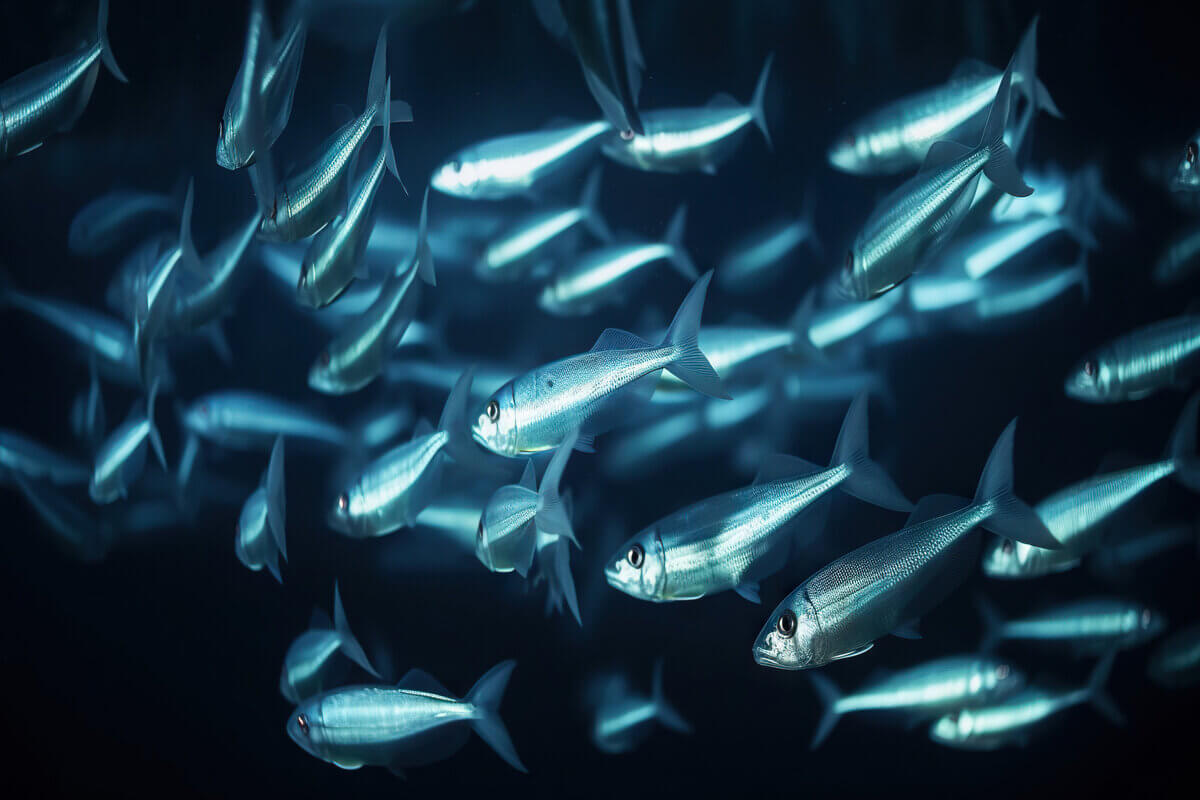Marinas Can Have a Positive Effect on Wildlife Conservation on Florida’s Gulf Coast
The Gulf Coast of Florida is a hub for diverse marine life and wildlife species. Marinas also play a crucial role in wildlife conservation. Floating docks and other types of marine construction gives you the flexibility to check out a variety of native species that live throughout Florida’s Gulf Coast. Learning all about the positive effects of marinas on wildlife conservation is important if you are considering having a marina habitat constructed.
Invasive Species Management
One of the key issues facing wildlife conservation on Florida’s Gulf Coast is the spread of invasive species. These non-native organisms can often outcompete and harm native species, which disrupts the delicate ecosystems. Marinas serve as an essential checkpoint for monitoring and controlling invasive species, which helps to ensure that they do not spread unchecked and/or harm native marine life.
Where is the Best Place for Dock Fouling?
Dock fouling consists of different organisms that attach themselves to docks and other manufactured structures. These creatures often thrive in these marine environments and are well-adapted to living on human-built structures. Dock fouling can sometimes contribute to the spread of invasive species or the accumulation of marine organisms on the underwater structures of docks. However, marinas can minimize the risk of invasive species spreading via dock fouling through routine inspections and maintenance.
The term “dock fouling” can also refer to the activity of checking out docks to see all the various wildlife. Floating docks are often the best location for dock fouling due to them being easy to access. These docks are often home to a variety of marine life. Many websites are also available to upload photos and document different wildlife species. Ultimately, marinas can play a vital role in preserving the natural balance of Florida’s Gulf Coast ecosystems.
Why Marinas on Florida’s Gulf Coast are Home to So Many Wildlife Species
Floating docks are a common feature at marinas, as they provide valuable habitats for a wide range of wildlife species. These structures serve as refuges for juvenile fish, crustaceans, and other marine organisms. Floating docks can enable these different organisms to thrive in their early stages of life.
The fouling community on floating docks also serves as a rich source of food for various marine species, such as fish and invertebrates. An artificial reef is also a perfect habitat for attracting a variety of native species in Florida. Floating docks can contribute to the overall health and diversity of marine life along the Gulf Coast due to the excellent marina habitat.
Artificial Reefs and Marine Life
Artificial reefs are another significant element of marina habitats that can benefit wildlife conservation. These structures are typically created from decommissioned ships or other materials and are strategically placed along Florida’s Gulf Coast to provide an additional habitat for marine life. You can use an underwater camera to check out the diverse types of marine life on artificial reefs.
Artificial reefs also attract a wide range of marine species, from corals and sponges to fish and invertebrates. These reefs often lead to thriving ecosystems that support both native and non-native species. They also serve as valuable breeding grounds for crucial fish species, bolstering local fish populations and contributing to the overall health of the Gulf Coast ecosystem.
Wildlife Conservation and Marinas
Marinas can serve as ideal locations for wildlife conservation efforts. These marinas contribute to the overall health of marine ecosystems along Florida’s Gulf Coast. Building a marina is a great way to encourage the growth of native species and mitigate the spread of invasive species, as marinas play a significant role in maintaining the delicate balance of these ecosystems.
Many marinas can also be an important source of education and outreach, helping to raise public awareness about wildlife conservation and the unique ecosystems found along the Gulf Coast. Through guided tours, educational programs, and hands-on experiences, marinas can engage the public in conservation efforts, fostering a sense of stewardship and responsibility for the natural world.
Why You Should Consider Building a Marina Habitat
Florida’s Gulf Coast is home to a rich and diverse array of wildlife species, and marinas play a vital role in supporting and preserving these ecosystems. Marinas create valuable habitats, whether it’s with floating docks, artificial reefs, or other structures. Building a marina habitat can also make it easier to manage invasive species and promote wildlife conservation along Florida’s Gulf Coast.
